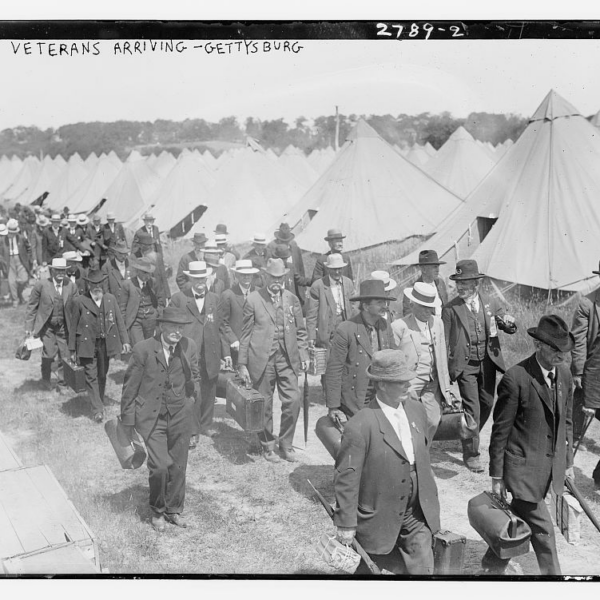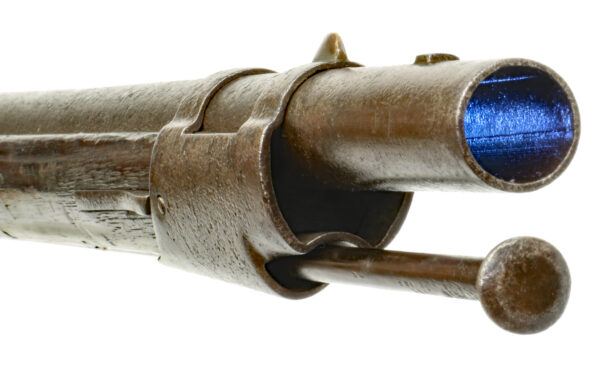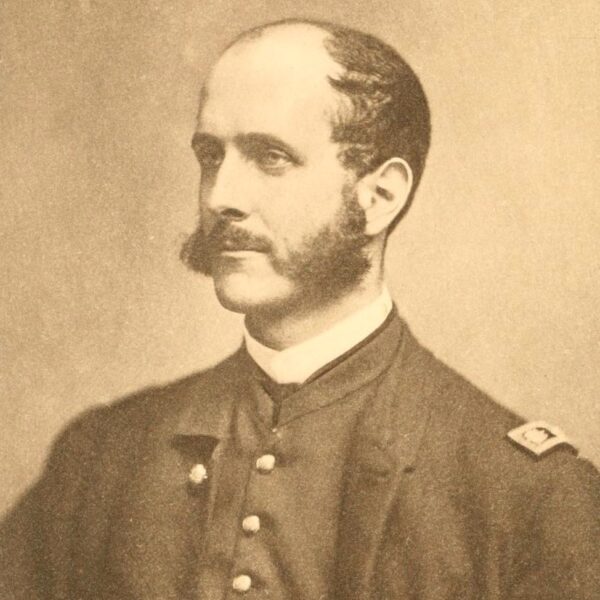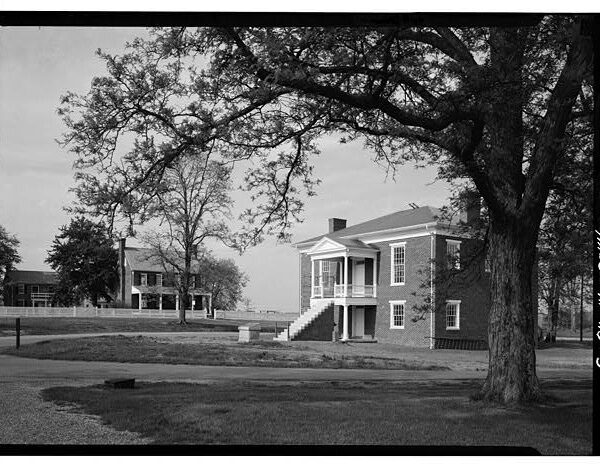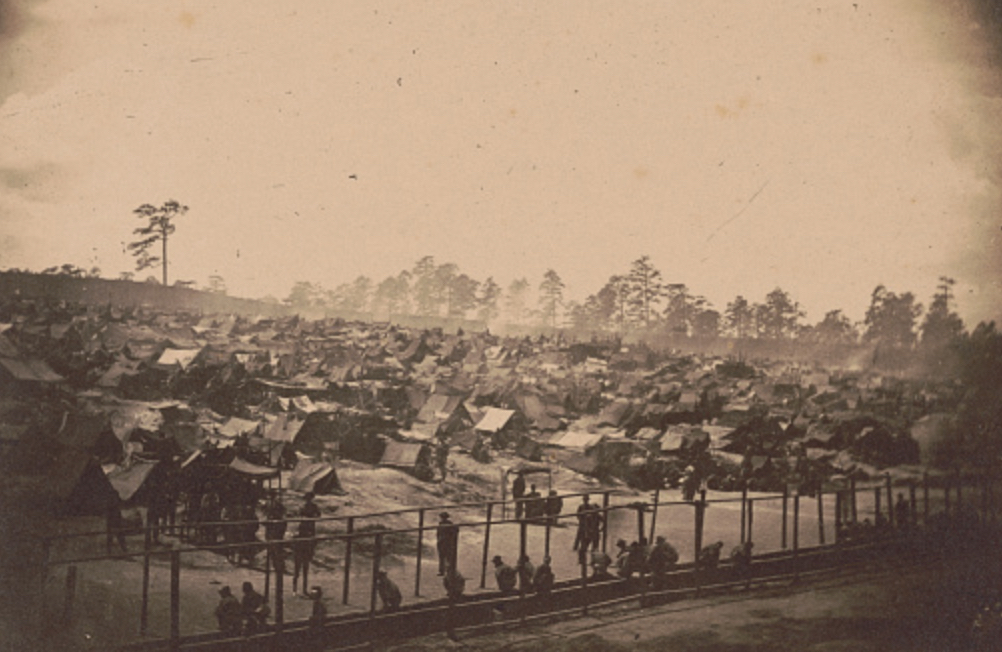
Andersonville Prison in 1864
Looking to learn more about Civil War prisons and prisoners of war? We asked historian Brian Matthew Jordan to suggest a handful of books he thinks are essential reading in the category. His picks, listed in no particular order, are below: They Have Left Us Here to Die: The Civil War Prison Diary of Sgt. Lyle Adair, 111th U.S. Colored Infantry (Kent State University Press, 2011)
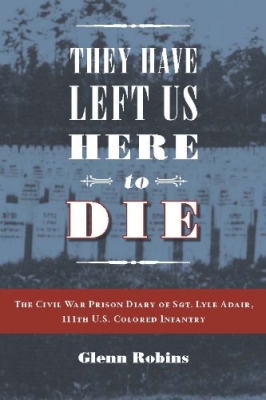
Edited by Glenn Robins
The diary of Lyle Adair, a Hoosier who endured seven trying months of Rebel captivity, brims with original insights about the physical, psychological, and emotional realities of life in the prisons at Cahaba, Millen, Blackshear, Thomasville, and Andersonville. Skillfully annotated, the original diary entries are likewise enhanced by Robins’ concluding chapter—an exegesis of Civil War prisoner narratives that is an essential starting point for future work on the subject. Sergeant Adair’s important account now takes a deserved place alongside the well-known testimony of Union POWs Warren Lee Goss, Ezra Hoyt Ripple, and Robert Kellogg.
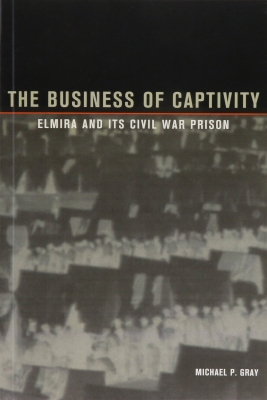
The Business of Captivity: Elmira and Its Civil War Prison (Kent State University Press, 2001)
By Michael P. Gray Almost a quarter of the more than 12,000 gray-clad soldiers held captive at Elmira would expire—making the New York stockade deadlier than all other northern prison camps (including Chicago’s notorious Camp Douglas and Johnson’s Island, the compound for Confederate officers on ice-choked Lake Erie). This well-researched, accessibly written monograph offers a rich analysis of Elmira’s social and cultural history. Gray establishes the prison’s influence on the local economy and recounts the civilians who, perched on crude observation decks, jockeyed for a glimpse of the lice-infested captives. The result is a fine prison study that says something profound about life on the northern home front, too.
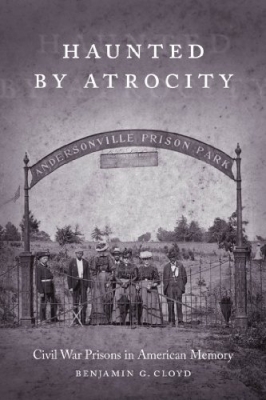
By Benjamin G. Cloyd Even as the Civil War’s embers cooled in the decades after Appomattox, rancorous memories of captivity in Libby and Elmira blazed with intensity. This well-argued book tracks how northerners and southerners attempted to make sense of the war at its most obscene—beginning during the conflict itself and continuing through the last decades of the 20th century. From prison narratives to monuments to the advent of the Andersonville National Historic Site—from retribution to blame to pride—this is an essential addition to memory studies and a powerful reminder of each generation’s need to revise the past.
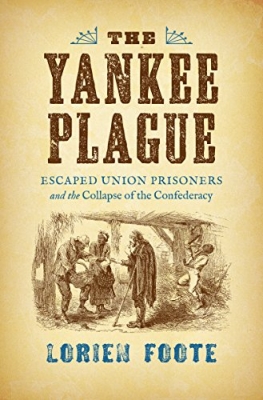
The Yankee Plague: Escaped Union Prisoners and the Collapse of the Confederacy (University of North Carolina Press, 2016)
By Lorien Foote This autumn, the University of North Carolina Press will release Foote’s long-anticipated addition to the prison literature, The Yankee Plague. By mapping the escapes of Union prisoners, Foote will not only intervene in debates about Confederate defeat, but will remind us that the prisoner-of-war experience was hardly stationary.
BRIAN MATTHEW JORDAN IS AUTHOR OF MARCHING HOME: UNION VETERANS AND THEIR UNENDING CIVIL WAR (2015), WHICH WAS A FINALIST FOR THE PULITZER PRIZE IN HISTORY.
This article appeared in the Fall 2016 (Vol. 6, No. 3) issue of The Civil War Monitor.

